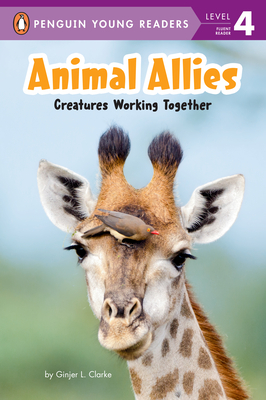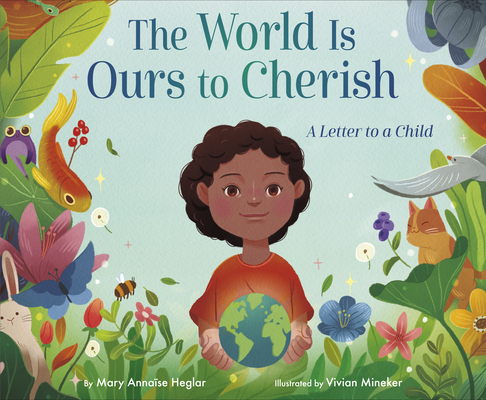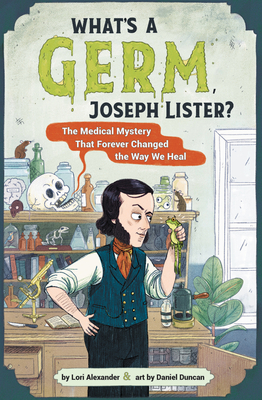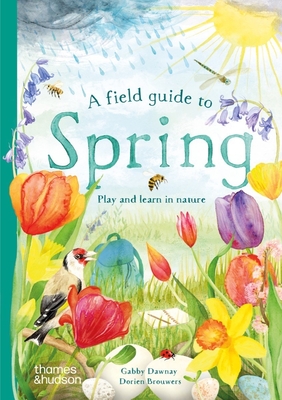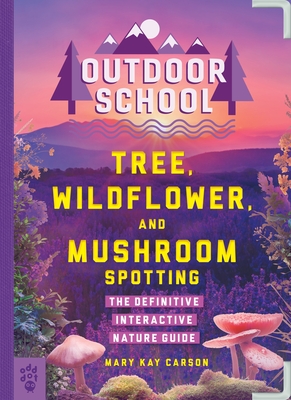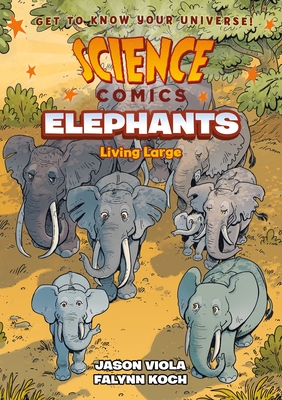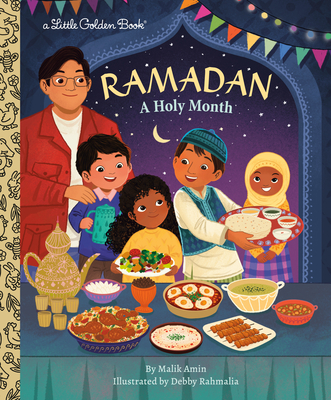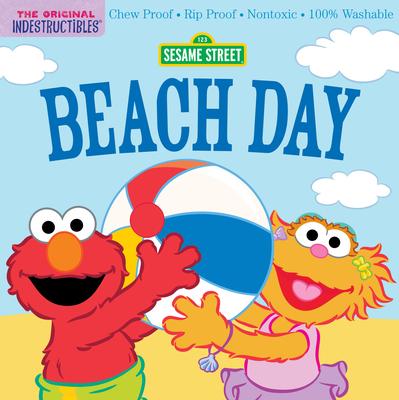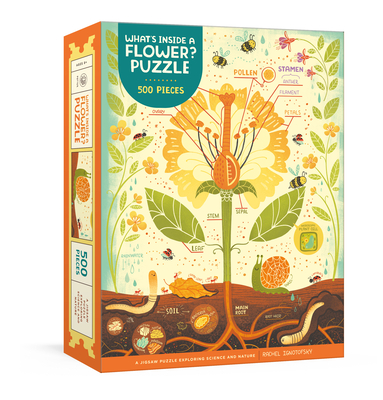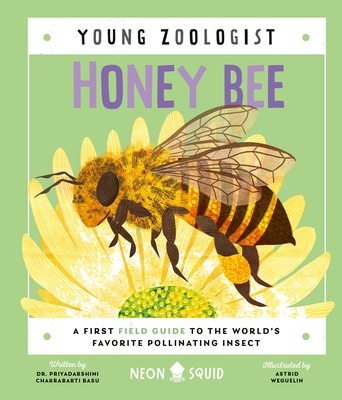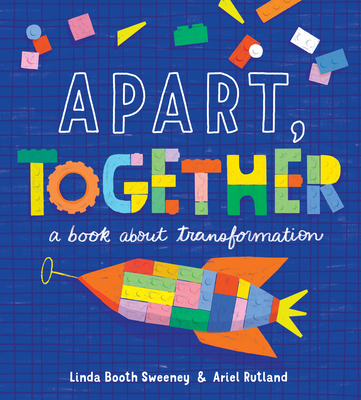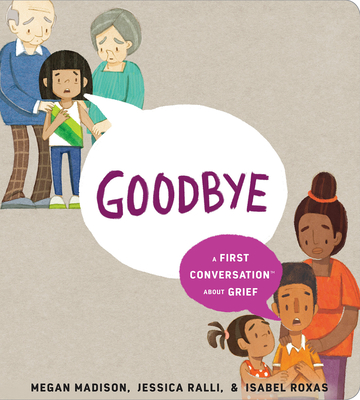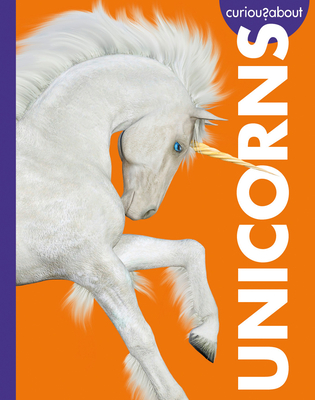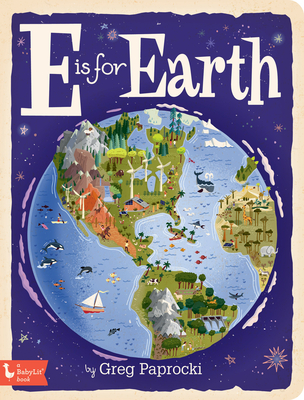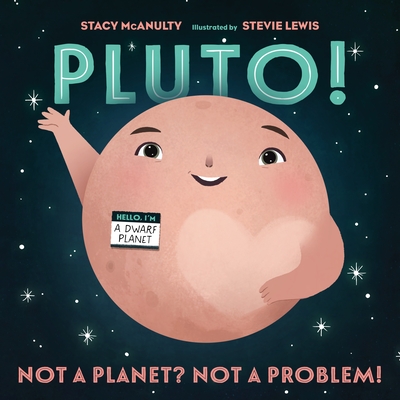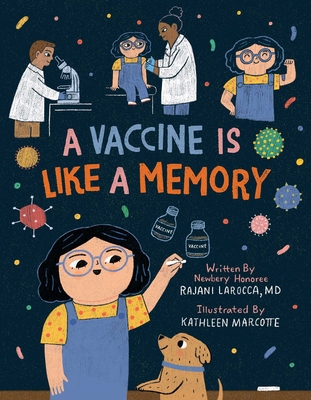
A Vaccine Is Like a Memory
Description
This timely book details the importance of vaccines and how they were developed throughout history, as well as how they work to protect your body and keep it healthy.
"A lively, informative introduction to vaccines." --Booklist, STARRED REVIEW
"Authoritative and reassuring." --Kirkus Reviews
"Authoritative and approachable, these pages work hard to supply a measure of calm and common sense to readers." --Publishers Weekly
Do you remember every time you've been sick?
You may not, but your body does! With many illnesses, you can't get sick more than once because your body remembers and fights it off before you get sick again. But what if your body could recognize germs that you've never had before so you don't get ill? There's where vaccines come in! This book comes complete with extensive back matter all about types of germs and vaccines.
Praise for A Vaccine Is Like a Memory
Beginning with a brief history of inoculations and vaccinations, this picture book points out that since the development of vaccines, they have protected people from illnesses such as smallpox, polio, measles, and mumps. Next, it explains that the body's immune system fights off diseases and afterward holds the memories of previous viral and bacterial invaders so that it can deal with them quickly if they return. As the book's title indicates, a vaccine gives the body the equivalent of a new memory, training the immune system to create antibodies for fighting an infection it hasn't yet encountered. Closing with the COVID-19 pandemic, the discussion encourages kids to understand that a reliable vaccine is a powerful, protective, "incredible scientific feat." A primarycare physician, LaRocca has written ten picture books and five middle-grade novels, including
the Newbery Honor Book Red, White, and Whole (2021). She clearly knows her subject here, and she explains it in a straightforward, reassuring manner. Using colors and simplified shapes to good advantage, Marcotte's illustrations are pleasing and often cheerful. The book's occasional sidebars offer related facts and feats, while descriptive lists of germs, vaccines, and common infections preventable by vaccines appear in the back matter. A lively, informative introduction to vaccines.
— Booklist, STARRED REVIEW
An introduction to the history and benefits of vaccines. "A vaccine," the author, a physician, writes, "is like a memory of a disease you never had." In simple but not simplistic terms, LaRocca explains how vaccines work with the immune system to minimize the effects of certain diseases and traces the history of their development up to the creation of vaccines for Covid-19-crediting not only English physician Edward Jenner for popularizing the idea of smallpox inoculation in the late 18th century, but also Onesimus, an enslaved man who told Cotton Mather about a similar procedure in 1721. LaRocca ramps up the level of detail in the backmatter with descriptions of different sorts of germs, six types of vaccines, including those using mRNA and adenovirus, and a list of common infections (with symptoms) that can be prevented with vaccines. The message that vaccines are safe as well as effective comes through clearly in both the narrative and Marcotte's cartoon illustrations of inoculated children surrounded by figurative dotted-line shields. The racially diverse cast of adults and children includes a hijab wearer, several people wearing face masks, and two using wheelchairs. Authoritative and reassuring.
— Kirkus Reviews
Kicking off with a straightforward explanation of vaccines, visualized via a pale-skinned child with black hair, this picture book takes readers through the history and science behind the topic. Textbook-style prose details vaccines' origins as smallpox inoculation in China and India, discusses how an enslaved man from west Africa introduced the principle to a Boston physician in the 1700s, and reveals how vaccines leverage immune system mechanics. As LaRocca (Summer Is for Cousins) explains, a vaccine "kickstarts your immune system to make antibodies that can fight an infection without actually having to be sick from it. Then, if you're later exposed to that germ, your body 'remembers' how to fight it off." Colorful, mural-like art by Marcotte (Can You Believe It?) portrays inoculated and vaccinated figures of various abilities and skin tones as having dotted-line force fields, emphasizing how "an incredible scientific feat" facilitates daily communal life. A final section focuses on the Covid-19 pandemic, saluting scientists who raced to develop the vaccine and offer "a glimmer of hope" amid pervasive fear and isolation. Authoritative and approachable, these pages work hard to supply a measure of calm and common sense to readers.
— Publishers Weekly

